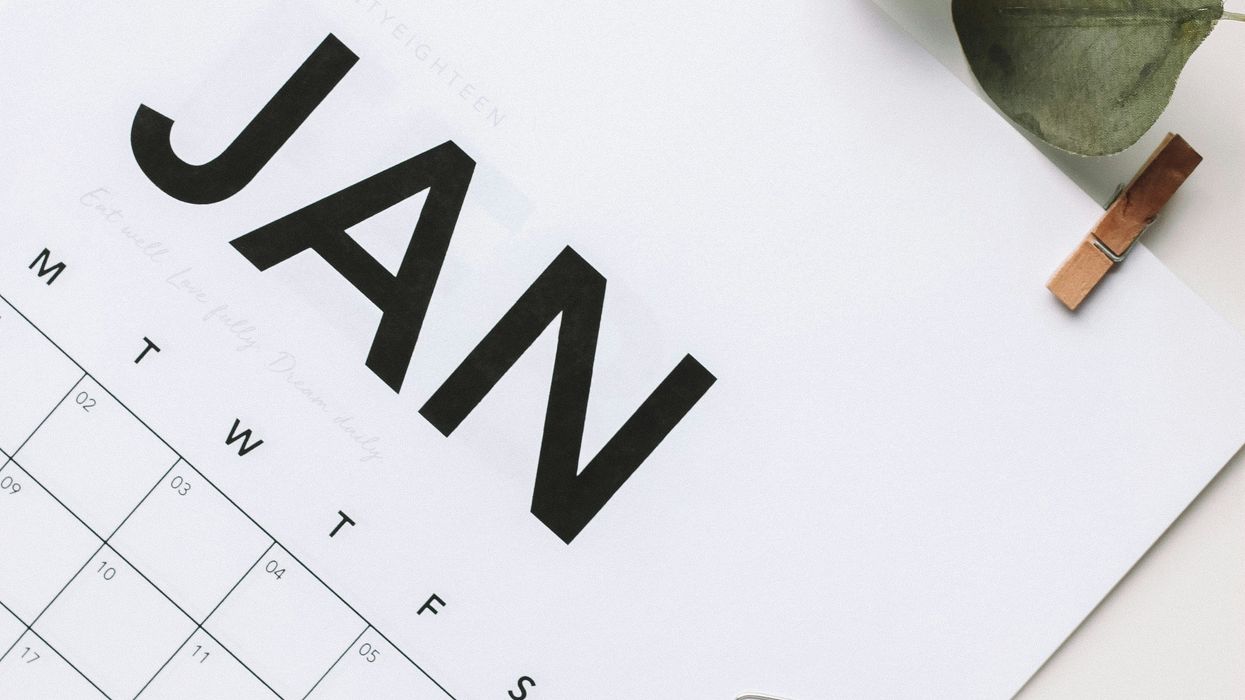Welcome to the first edition of Democracy In Action, insights and discussion about some of the most talked-about topics of the previous month with Fulcrum collaborators.
Consistent with the Fulcrum's mission, this program strives to share many perspectives to widen our readers' viewpoints.
As if fireworks weren’t enough to welcome in the new year, the return of Donald Trump to the White House brought with it its own set of fireworks, beginning with a slew of executive orders.
We also saw tragedy in the form of terror in the attack in New Orleans and the plane crash in Washington, D.C.
There was also a ceasefire in Gaza as Israelis and Palestinians negotiated peace.
Joining me to discuss these topics and more were:
Lynn Schmidt, the columnist and editorial board member with the St. Louis Post-Dispatch.
Rev. Dr. F. Willis Johnson, a spiritual entrepreneur, author, scholar-practioner whose leadership and strategies around social and racial justice issues are nationally recognized and applied.
Steven Hill, former policy director for the Center for Humane Technology, co-founder of FairVote, and political reform director at New America.
We began the conversation with President Trump’s first weeks back in office and the growing list of executive orders.
Check out:
Will Trump’s immigration crackdown be good or bad for the economy?
Countering Terrorism: Pushing Back Fear
Wicked: Art Mirrors Our Modern Social Divides
Hugo Balta is the executive editor of the Fulcrum and a board member of the Bridge Alliance Education Fund, the parent organization of The Fulcrum. He is the publisher of the Latino News Network and a trainer with the Solutions Journalism Network.



















